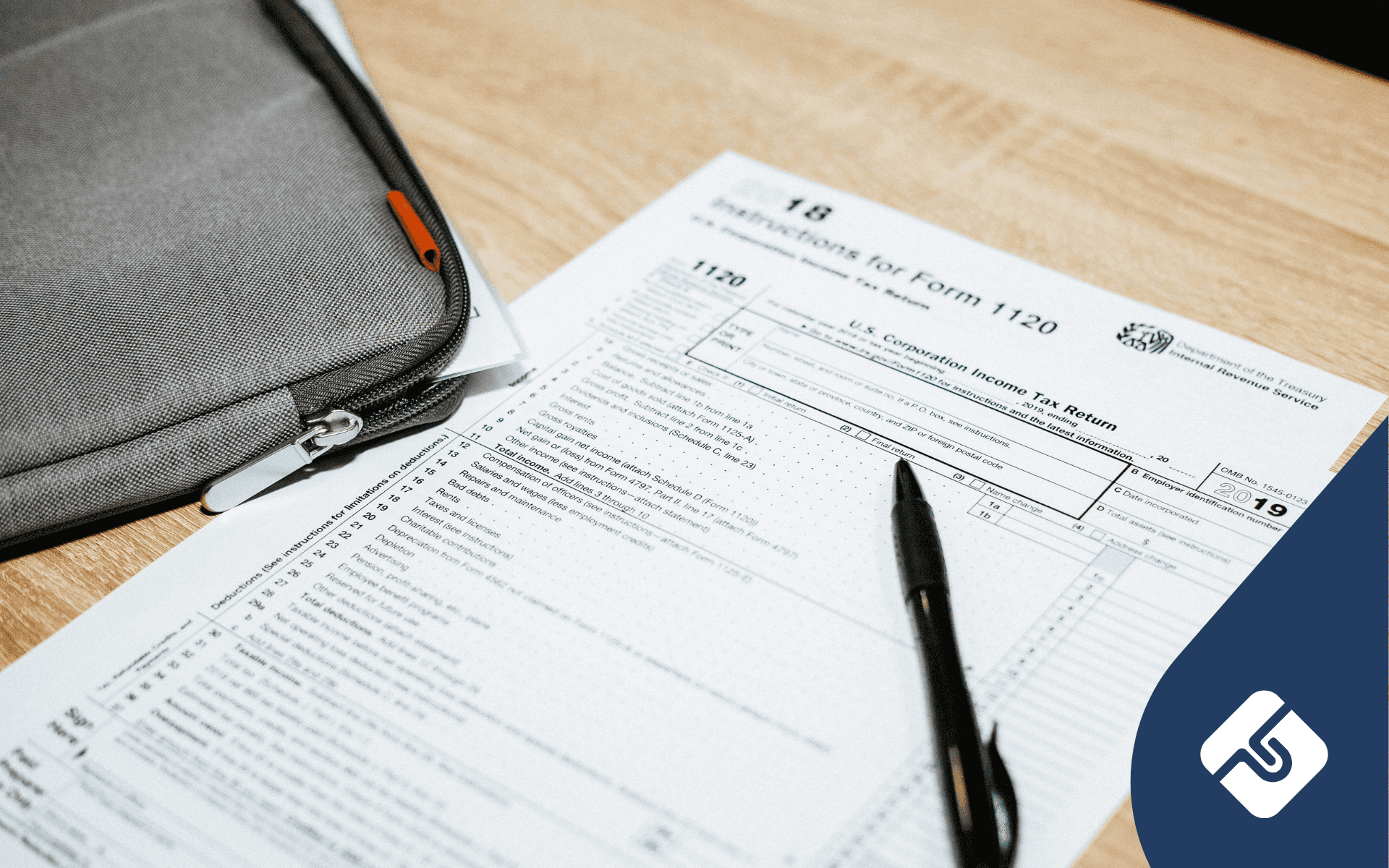💡Key Insight
- In 2021, JobSeeker payment changes included reducing extended Coronavirus supplement amounts and transitioning to usual JobSeeker rates based on individual circumstances.
- The eligibility extensions for JobSeeker payments that applied during the COVID-19 pandemic concluded on March 31, 2021, affecting the income support landscape for recipients.
- JobSeeker recipients saw mutual obligations reinstated and stricter compliance requirements, including documented job search activities and employment service appointments.
- Eligibility for JobSeeker payments still depends on age, residency, income and assets tests, and employment status criteria, which determine qualification beyond the pandemic adjustments.
In March 2020, in reaction to COVID-19, the Australian government initiated a program called JobSeeker which distributed fortnightly payments to unemployed persons who qualified under age, residence, income and employment-related criteria. It replaced the previous payment system “Newstart Allowance”. For more information direct from the government, read here. In 2021, the Jobseeker payment has experienced and will undergo changes. This article will walk you through them.
If you’re wondering what the difference is between JobSeeker and JobKeeper, then follow this link. To learn more about JobMaker, another government subsidy scheme read here.

Get your Full Time Employment Agreement legal document for free.
Who can qualify for JobSeeker payments?
In order to be an eligible recipient, you must fit certain criteria depending on your particular circumstances. The preliminary criteria concern the following factors:
1. Age
Firstly, you must be between 22 years of age and the Age Pension age, which is 66.
2. Residence Rules
Secondly, you must be in compliance with residence rules. For example, you could be an Australian resident in Australia, have a non-protected Special Category visa, individual who has lived in Australia for 10 years non stop prior to claim.
3. Income
You must also satisfy the income and assets tests. Follow the hyperlinked government factsheet to understand what each entails.
4. Employment Status
Finally, you must also be either unemployed and looking for work, or be sick and injured and unable to attend to study or employment commitments over a short period of time. The latter may require medical certificates, if related to sickness that is not COVID-related.
If you don’t meet your mutual obligation requirements, suspensions, demerits or financial penalties may apply.
What are the latest updates for the JobSeeker payment?
1. Eligibility ends
The extended eligibility period for JobSeeker payments concludes on March 31st, 2021.
2. Supplement reduced
If you are one of the approximately 1.6 million people who have already qualified for JobSeeker, you will be familiar with these Coronavirus supplements in which eligible job seekers received $550 every 2 weeks. This was slashed down to $250 in October. Since January, the supplement has then gone to a further reduced amount of $150.
After April, the supplement will no longer follow the fixed fortnightly rate. Individuals will instead be eligible to the usual Job Seeker payment structure calculated depending on which category aligns with their situation. Situations include being single with no children, single with a dependent child, 60+ year-old single after 9 continuous months of payments, partnered, single principle carer granted an exemption for specific reasons. These reasons include being a foster carer, a non-parent caring for a relative due to a court order, home-schooling, carrying out distance education, or having a large family.
3. Mutual obligations
From 28 September 2020, the Government introduced additional compulsory obligations required by JobSeeker in order to continue qualifying for the entitlement. Job seekers are expected to carry out all tasks found within their Job Plan, attend appointments with their employment services providers, document proof of their job searches and accept any offer of what was deemed “suitable work”.
Looking forward
JobSeeker is just one of many government initiatives to help Australians to survive in this tough economic and employment climate. To become a paid Job Seeker, one must fulfil requirements relating to their age, residence, income and employment requirements. In 2021, as the economy opens up again and workplaces become better accustomed to COVID-19, there have been major changes to the Job Seeker payments. As explained above, the eligibility period will end in March, the supplement amounts have gradually decreased before following a situation-based structure in April, and the enforcement of mutual obligations has become stricter.

Get a fixed-fee quote from Australia's largest lawyer marketplace.






